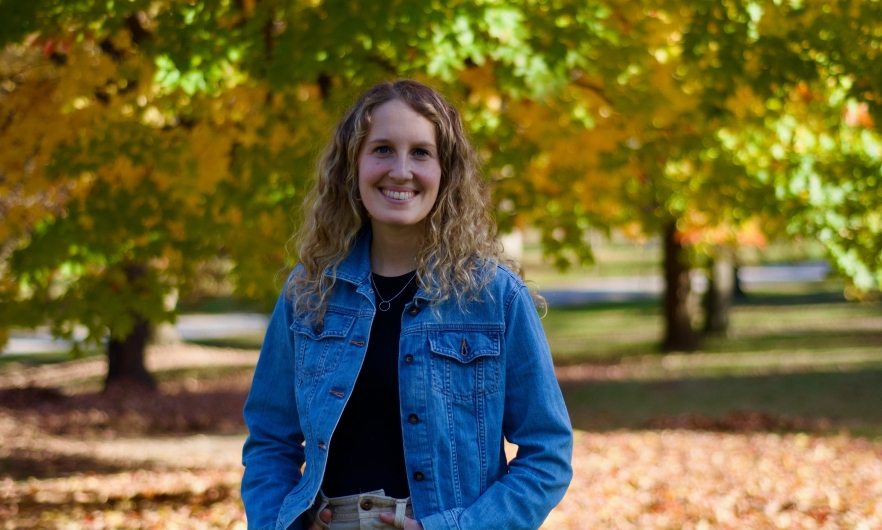Student Spotlight: Lily Koffman
Lily Koffman is a PhD candidate in the Department of Biostatistics. She was previously a WiST (Women in Sports Tech, Inc.) Summer Fellow, and a High Performance Intern at U.S. Ski & Snowboard.

Lily Koffman is a PhD candidate in the Department of Biostatistics. Her academic and professional interests include sports science, public health, and biostatistics methods for data from wearables and other technology.
- Hometown: Orono, Maine
- Previous Degrees Earned: BA in Statistics, Harvard University; MS in Biostatistics, Harvard T.H. Chan School of Public Health
- Current Program: PhD
- Starting Year: 2021
- Area of Focus: Methods and applications for wearable device data
How did you get interested in biostatistics?
My path to biostatistics lies through two classes I was lucky enough to stumble upon in college. After taking Joe Blitzstein’s “Introduction to Probability” in my sophomore year, I fell in love with and decided to major in statistics; however, I wasn’t certain what career path I wanted to pursue. The following year, Giovanni Parmigiani’s “Data Analysis in Modern Biostatistics” introduced me to biostatistics. I loved how the field combined mathematical rigor with innovative problem-solving and provided the opportunity for impactful applications in medicine and public health.
What has been your favorite class so far at Hopkins?
The Advanced Methods in Biostatistics series was the most rewarding class I’ve taken at Hopkins. While undeniably challenging, the class allowed me to immerse myself in the math and theory that underpins the methods we use every day in our field, from simple linear regression to Bayesian mixed effects models.
Can you name an academic highlight you've had during your time as a Biostats student?
One of my projects involves working with high-density hemodynamic time series data collected during cardiac surgery. Our collaborators, anesthesiologists at the School of Medicine, invited me and Marina Hernandez, a fellow PhD student, to observe an open-heart surgery. It was incredible to witness the precision and expertise of the surgical team. The experience emphasized the tangible impact our research can have on advancing clinical care and improving patient outcomes.
Have you been involved in any interesting projects or organizations during your time here?
I’m a member of the wearable and implantable technology (WIT) working group, and our meetings are my favorite part of the week. Some of the projects our group is working on include modeling data collected from continuous glucose monitors, developing algorithms to accurately count steps and detect walking using wearable accelerometers, and exploring mortality and disease prediction based on patterns of physical activity.
What do you enjoy most about living in Baltimore?
There is a genuine sense of community pride here, living up to the nickname “Charm City.” I love running in Patterson Park, walking along the Harbor, exploring the distinct personalities of each neighborhood, and finding quirky restaurants, bars, and coffee shops tucked into former row homes (see: Little Donna’s, La Barrita, Pie Time). As an outdoor enthusiast, I love the fact that the NCR Trail, Patapsco State Park, the C&O Canal, Catoctin Mountain Park, and many more recreation areas are accessible within an hour’s drive of the city.
What advice do you have for prospective students considering the Department of Biostatistics?
My advice to prospective students is to talk to engage with current students and professors in the Department and ask lots of questions! I think this is the best way to get a sense of the community and culture in the Department and help decide whether it would be a good fit for you.
